Long exposure photography is a creative technique that extends shutter speeds to capture stationary subjects sharply while blurring moving elements, resulting in mesmerizing visual effects and artistic interpretations. This comprehensive article explores the history, techniques, equipment, artistic considerations, practical tips, cultural impact, and trends of long exposure photography for audiences in the United States.
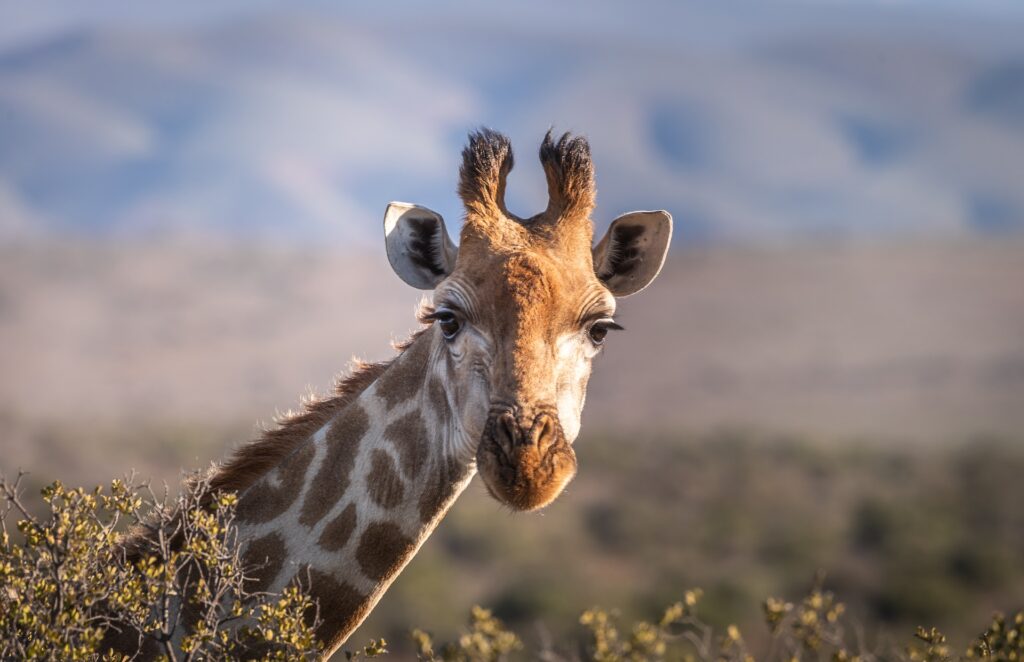
Introduction to Long Exposure Photography
Long exposure photography involves using extended shutter speeds, typically ranging from several seconds to several minutes or even hours, to capture motion blur, light trails, and atmospheric effects. It enables photographers to depict the passage of time, smooth water surfaces, streaking clouds, and dynamic light patterns that transform everyday scenes into surreal, ethereal compositions.
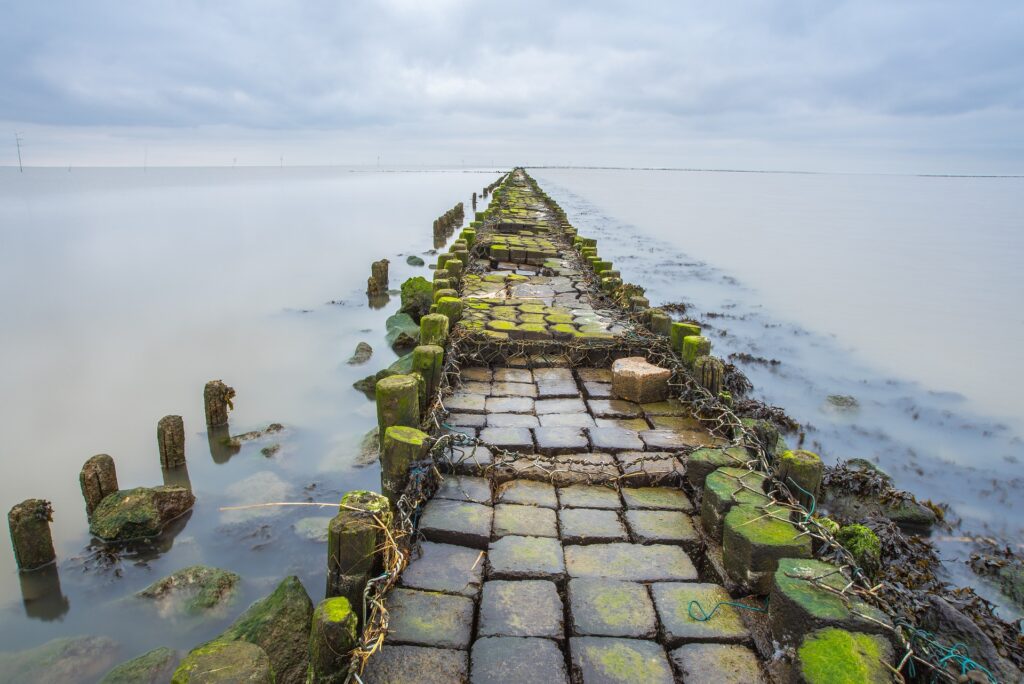
History and Evolution
The roots of long exposure photography can be traced to the early days of photography in the 19th century when lengthy exposure times were necessary due to slow photographic emulsions and early camera technologies. As camera equipment evolved, photographers experimented with prolonged exposures to depict movement, time-lapse sequences, and nocturnal landscapes illuminated by moonlight and artificial lighting sources.
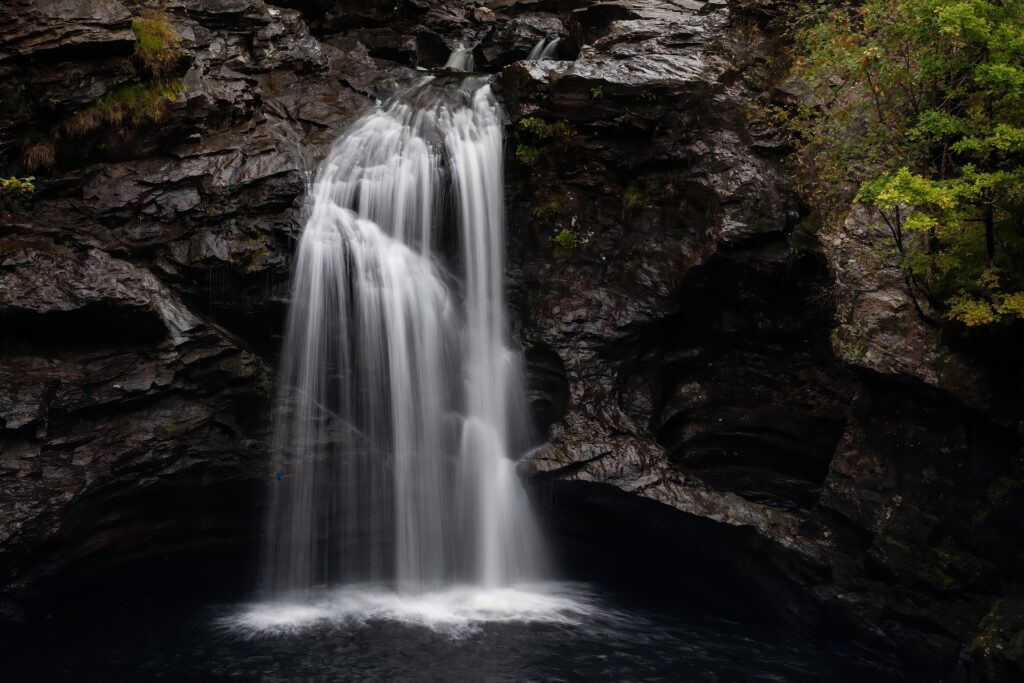
Techniques and Equipment
Camera Gear: Use digital cameras or film cameras with manual exposure controls, adjustable ISO settings, and stable tripod support to minimize camera shake during long exposures. Mirrorless cameras and DSLRs offer flexibility in exposure settings and image quality, while medium format cameras capture high-resolution details in long exposure compositions.
Tripods and Stability: Invest in sturdy tripods, ball heads, or gimbal mounts to stabilize cameras and lenses during prolonged exposures. Use remote shutter releases or self-timers to minimize camera movement and vibrations, ensuring sharpness and clarity in long exposure images, particularly in low-light conditions or windy environments.
Neutral Density Filters: Attach neutral density (ND) filters to lenses to reduce the amount of light entering the camera, allowing for longer shutter speeds without overexposure. Graduated ND filters balance exposure between bright skies and dark foregrounds, enhancing dynamic range and maintaining image detail in landscape and architectural photography.
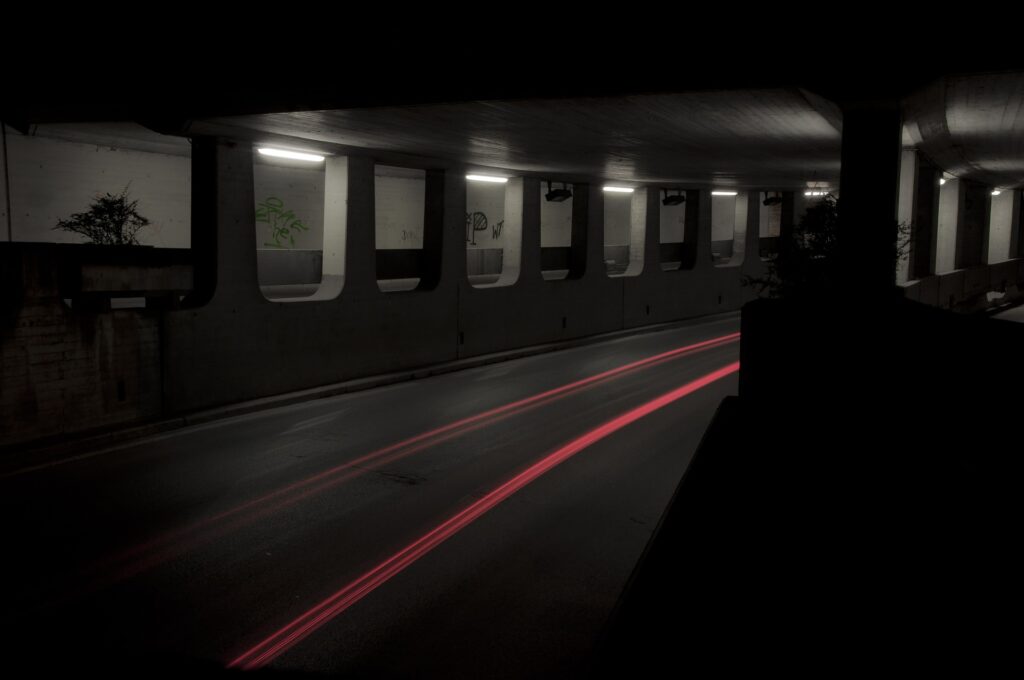
Artistic Considerations
Subject Selection: Choose stationary subjects such as landscapes, seascapes, architecture, and urban scenes that benefit from motion blur and light streaks during long exposures. Experiment with moving elements, such as flowing water, passing vehicles, and drifting clouds, to create dynamic visual contrasts and atmospheric effects.
Exposure Settings: Set aperture (f-stop) values to control depth of field and shutter speeds ranging from several seconds to minutes, depending on ambient lighting conditions and desired motion effects. Adjust ISO sensitivity to maintain optimal image quality and minimize digital noise in long exposure photography.
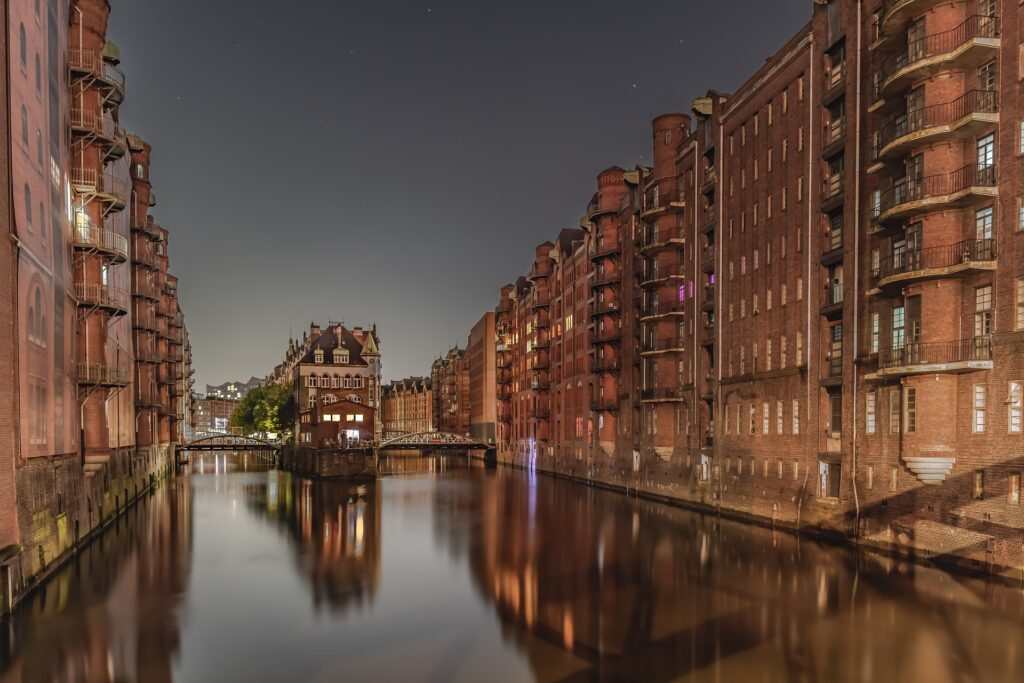
Practical Tips for Long Exposure Photographers
Location Scouting: Scout outdoor locations during daylight hours to identify potential long exposure compositions, framing perspectives, and natural lighting conditions. Plan photography sessions around sunrise or sunset for soft, directional light and extended twilight periods that enhance color saturation and contrast in long exposure images.
Weather Conditions: Monitor weather forecasts and atmospheric conditions to anticipate cloud movements, tidal patterns, and natural phenomena conducive to long exposure photography. Experiment with foggy mornings, starry skies, and inclement weather conditions to capture dramatic light contrasts and atmospheric textures.
Post-Processing Techniques: Use photo editing software (e.g., Adobe Lightroom, Capture One) to fine-tune exposure levels, adjust white balance, and enhance color saturation in long exposure images. Correct lens distortions, reduce digital noise, and apply selective adjustments to highlight key elements and focal points within long exposure compositions.
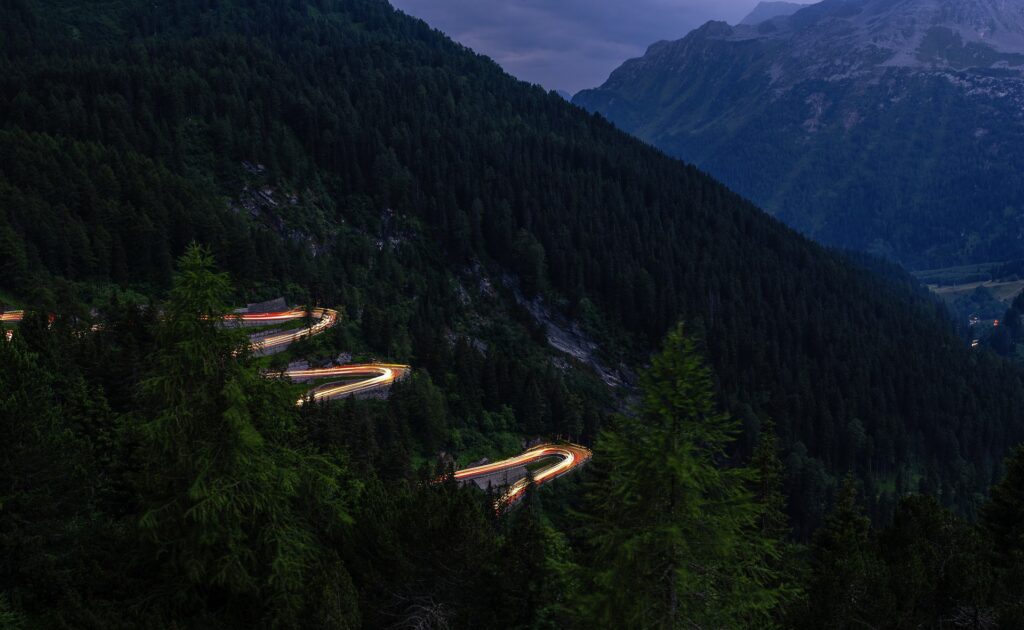
Cultural Impact and Contemporary Trends
Artistic Expression: Long exposure photography inspires artistic expression, creativity, and visual storytelling through abstract interpretations of motion, time, and environmental dynamics. Fine art galleries, photography exhibitions, and online platforms showcase long exposure photographers’ works, attracting collectors and enthusiasts interested in experimental photography techniques.
Social Media and Digital Engagement: Share long exposure images on social media platforms, photography forums, and online communities to engage with global audiences, receive feedback, and participate in photography challenges or virtual exhibitions. Hashtags, geotags, and multimedia content promote long exposure techniques, inspire creativity, and foster community interaction among photography enthusiasts.
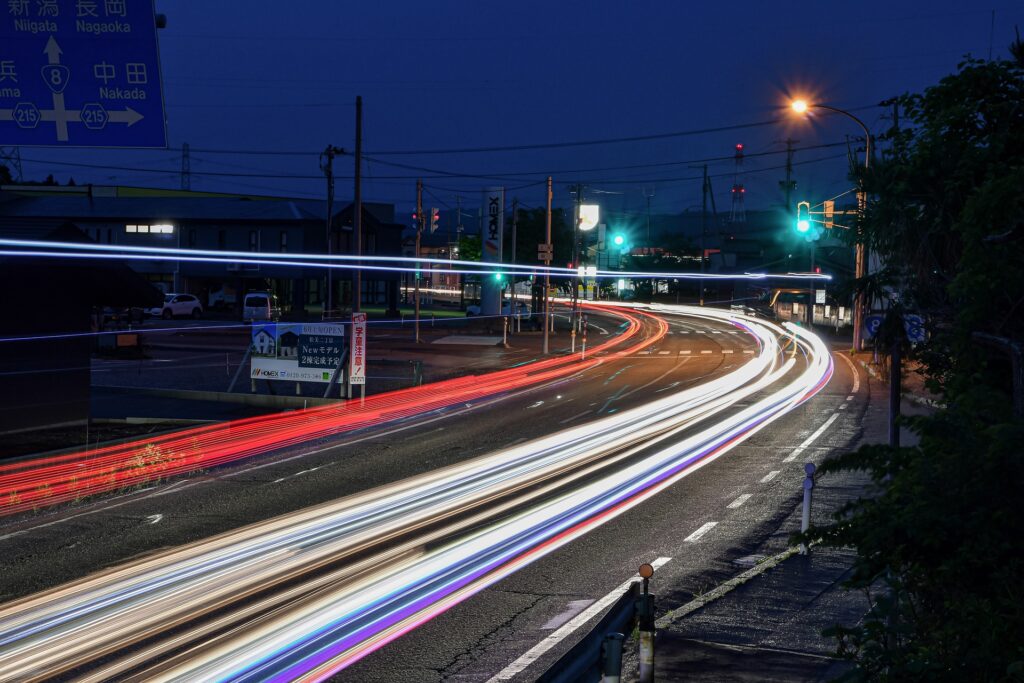
Conclusion
In conclusion, long exposure photography offers photographers a transformative approach to capturing motion, time, and atmospheric effects in visual storytelling. By mastering technical skills, embracing creative experimentation, and exploring diverse subject matter, photographers evoke emotional responses, challenge perceptions, and celebrate the artistry of extended exposure techniques.
From serene seascapes and urban nightscapes to celestial phenomena and dynamic cityscapes, long exposure photography invites viewers to experience the passage of time, movement, and natural beauty through an immersive visual narrative. As photographers continue to innovate, collaborate, and share their long exposure discoveries, the art and impact of extended exposure techniques inspire curiosity, appreciation for light, and the infinite possibilities of capturing moments in time through the lens of creativity.